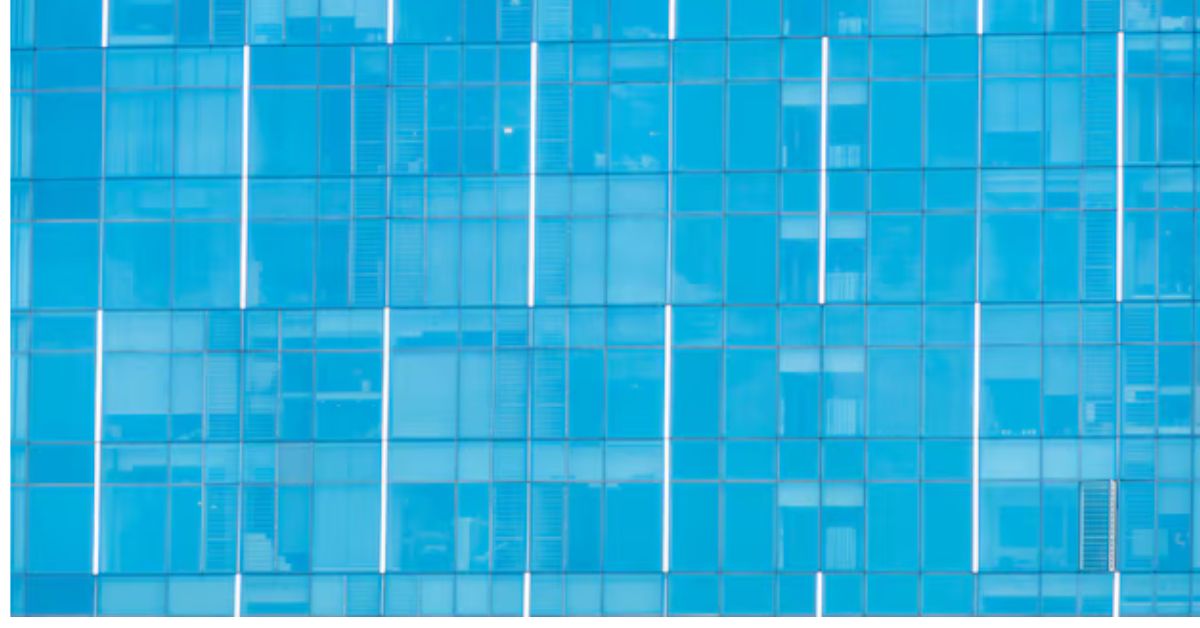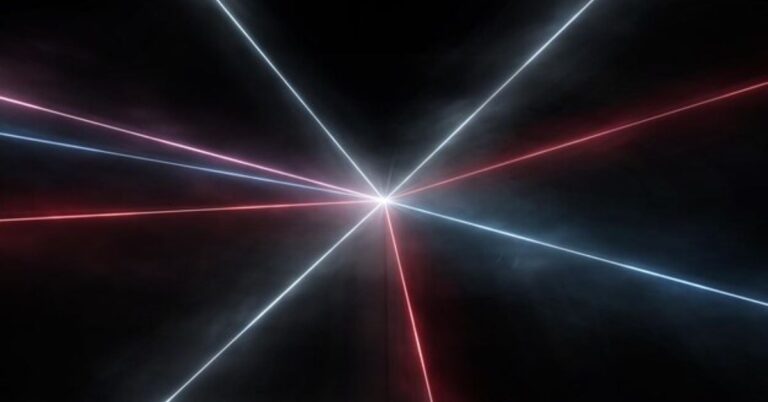cut blue glass and sandblast: A Comprehensive Guide to Techniques and Applications
The cut blue glass and sandblast and design is vast and versatile, encompassing a variety of techniques and styles. Among the most fascinating and creative methods are cutting and sandblasting, two processes that can transform ordinary glass into stunning pieces of art. Specifically, the combination of cut blue glass and sandblast and sandblasting opens up a world of possibilities for creating intricate, visually dynamic designs. This article will explore the process of cut blue glass and sandblast, highlighting the techniques, tools, materials, applications, and creative potential of these artistic methods.
Understanding cut blue glass and sandblast
Blue glass has become a popular choice in many artistic and architectural applications due to its rich color, versatility, and ability to evoke both elegance and tranquility. The color blue, traditionally associated with calmness, peace, and serenity, adds a unique aesthetic appeal to any glass project. Blue glass can be found in many forms, from decorative panels and stained glass windows to glassware and sculptures.
The production of blue glass involves the addition of specific metal oxides to the glass mixture. Cobalt oxide, for example, is commonly used to achieve various shades of blue in the glass. cut blue glass and sandblast is available in a range of hues, from light sky blue to deep indigo, each offering its own set of visual effects depending on how the light interacts with it.
For artists and designers, blue glass is a versatile medium. Its depth of color allows for unique play with light, shadow, and texture, making it an ideal material for both functional and artistic works. The techniques of cutting and sandblasting can further enhance the beauty of blue glass, adding intricate patterns and designs that captivate the viewer.
The Basics of Glass Cutting
Glass cutting is a fundamental technique used by glass artists, designers, and manufacturers to create specific shapes, sizes, and designs in glass. The process involves scoring the glass surface along a predetermined line, followed by the application of force to break the glass along the score. The key to successful glass cutting is precision and the right tools.
- Glass Cutter: The most essential tool for cutting glass is a glass cutter, which consists of a small wheel made of tungsten carbide or steel. This wheel is used to score the glass surface, creating a shallow groove along the desired cutting line. For blue glass, the same cutting technique applies, though attention must be given to the color and thickness of the material.
- Score Line: When using a glass cutter, the goal is to create a smooth and consistent score line. This line should be even, with no cracks or fractures extending beyond the intended cut. For cut blue glass and sandblast, especially if it is of high quality, creating a clean score line is crucial for achieving a precise cut without damaging the glass.
- Breaking the Glass: Once the score line is made, the glass needs to be broken along that line. This can be done using running pliers or a glass-breaking tool. The pressure applied by these tools should be gentle but firm to ensure a clean break.
- Cutting Thickness: The thickness of the glass plays a crucial role in the cutting process. Thicker blue glass may require more specialized equipment and greater care to ensure an accurate cut. For thicker glass, a specialized glass cutter with a deeper cutting wheel may be necessary to achieve a clean score.
The Sandblasting Process
Sandblasting, also known as abrasive blasting, is a technique used to etch or texture glass surfaces. The process involves shooting a high-pressure stream of abrasive material, typically sand, onto the surface of the glass. This abrasive force creates patterns, textures, or frosted effects, adding depth and complexity to the glass piece. Sandblasting is often used in combination with glass cutting to create intricate designs that blend both smooth and textured surfaces.
- Abrasive Material: The choice of abrasive material is crucial in sandblasting. Fine sand, aluminum oxide, or glass beads are commonly used for glass sandblasting. Each material creates a different texture, with finer materials producing smoother, more subtle effects and coarser materials creating more pronounced textures.
- Air Pressure: Sandblasting requires the use of a compressor to direct a steady stream of air that carries the abrasive material. The air pressure should be adjusted according to the desired effect. For fine, delicate etching, lower pressure is used, while higher pressure can create deeper textures.
- Masking and Design: Before sandblasting, artists will often mask areas of the glass that should remain untouched. This is done using tape, stencils, or other masking materials that shield parts of the glass from the abrasive flow. Sandblasting designs can range from simple geometric patterns to highly detailed, intricate scenes.
- Etching Depth: The depth of the etching is controlled by the duration of the sandblasting process and the pressure of the abrasive flow. A light etching creates a subtle, frosted effect, while a longer blasting process can result in deeper, more pronounced textures.
Combining Blue Glass Cutting and Sandblasting
When cut blue glass is combined with sandblasting, the resulting effect is visually striking and unique. The cutting process shapes the glass into specific forms, and sandblasting adds texture, depth, and design. This combination allows for the creation of intricate, multi-dimensional pieces that can be used for various applications.
- Creating Contrasting Textures: One of the most appealing aspects of combining cutting and sandblasting is the ability to create contrasting textures. The smooth, clean lines of cut glass juxtapose beautifully with the matte, textured surface created by sandblasting. Artists can use these contrasting effects to highlight specific areas of a piece or create dramatic visual compositions.
- Incorporating Patterns and Designs: Sandblasting allows artists to incorporate detailed patterns and designs onto blue glass surfaces. For example, floral or geometric patterns can be etched into the glass, creating a sense of depth and movement. These designs can be further enhanced by the vibrant blue color of the glass, with the etching process creating a frosted contrast to the surrounding clear or colored glass.
- Play of Light and Shadow: cut blue glass and sandblast has an inherent ability to play with light, and when paired with sandblasting, this effect is amplified. The smooth surfaces of cut glass reflect light differently than the frosted areas created by sandblasting, resulting in a dynamic interaction between light and shadow. This can be particularly striking when the piece is illuminated from behind or at different angles.
- Layering and Depth: Sandblasting can also be used to create layered designs, where different depths of etching are applied to various sections of the glass. When combined with cutting, this allows for multi-dimensional effects, where certain areas of the glass appear to recede into the background while others protrude or stand out.
Applications of Cut Blue Glass and Sandblasting
The combination of cut blue glass and sandblastand sandblasting is used in a wide range of artistic and functional applications. The versatility of these techniques makes them suitable for creating everything from decorative accents to large-scale architectural installations.
- Stained Glass Windows: One of the most common applications for cut blue glass and sandblasting is in the creation of stained glass windows. Blue glass is often used in religious, historical, or decorative windows to evoke a sense of calmness and spirituality. Sandblasting can be employed to create intricate patterns, figures, or scenes within the window, adding both texture and detail to the piece.
- Glass Panels and Dividers: In interior design, cut blue glass and sandblast and sandblasting are often used to create decorative glass panels and room dividers. Sandblasted patterns on the glass add visual interest, while the blue color provides a calming effect. These panels can be used in homes, offices, or commercial spaces, enhancing both the aesthetics and functionality of the environment.
- Glassware and Tableware: The art of glass cutting and sandblasting is also applied to the creation of glassware and tableware. cut blue glass and sandblast goblets, vases, and plates can be cut and sandblasted to create unique, elegant designs. The process of sandblasting allows for the addition of intricate patterns, logos, or even personalized messages on glassware.
- Sculpture and Art Pieces: Artists often use cut blue glass and sandblasting techniques to create sculptures and art pieces. By combining different shapes, textures, and layers of glass, artists can create visually stunning pieces that evoke emotion and spark conversation. The interplay of light, color, and texture makes these sculptures captivating from multiple angles.
- Architectural Installations: Large-scale architectural installations often use glass as a key material, and the combination of cut blue glass and sandblasting can be used to create striking façades, wall panels, and decorative elements. The sandblasted patterns can be used to enhance the design of windows, doors, and skylights, creating a beautiful visual experience for viewers both inside and outside the building.
- Custom Awards and Trophies: Sandblasted cut blue glass and sandblast is also popular for creating custom awards and trophies. The process allows for detailed engraving, logos, or personalized messages to be etched onto the surface of the glass. The blue glass provides an elegant, sophisticated backdrop for such designs.
Conclusion
The combination of cut blue glass and sandblast and sandblasting is a powerful tool for creating visually dynamic and aesthetically stunning glass pieces. From stained glass windows to custom awards, these techniques offer endless possibilities for designers, artists, and manufacturers to explore their creativity. By carefully selecting materials, mastering the cutting process, and employing sandblasting for texture and depth, the results can be both intricate and breathtaking.
As the world of glass art continues to evolve, the fusion of blue glass with cutting and sandblasting remains a timeless method for creating functional and artistic masterpieces. Whether in architectural installations, fine art sculptures, or decorative glassware, the allure of cut blue glass and sandblasting techniques will continue to inspire and captivate for years to come.






